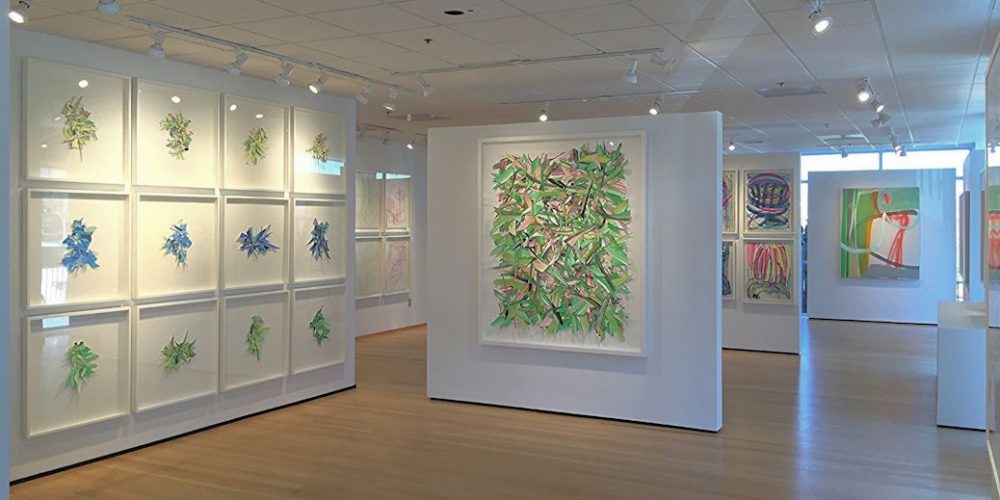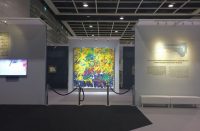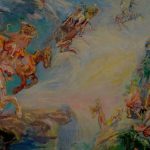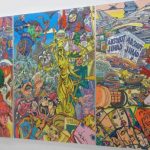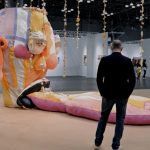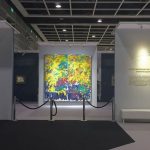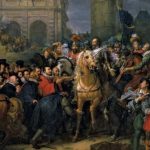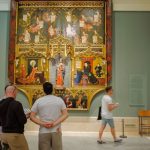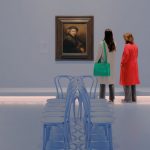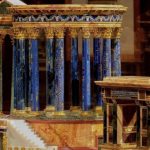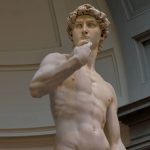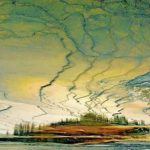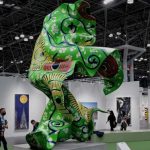Creating a special art exhibition is no easy task. It requires careful planning, curation, and execution. Let’s dive into the key steps in turning a concept into a captivating art showcase.
Ideation and Theme Development
The journey begins with brainstorming ideas and defining a compelling theme for the exhibition. This theme sets the tone and provides a cohesive narrative that connects the artworks and engages the audience.
Artist Selection
Curators meticulously select artists whose work aligns with the exhibition’s vision and theme. They consider factors such as artistic style, medium, and relevance. The goal is to curate diverse artworks that harmonize and create an intriguing visual experience.
Artwork Curation
Curators carefully curate the chosen artworks, considering size, color, and placement. They aim to strike a balance that allows each piece to shine individually while contributing to the narrative. Adjustments may be made in collaboration with the artists to optimize the presentation.
Logistics and Planning
Behind the scenes, organizers handle logistical tasks to ensure seamless execution. It includes securing a suitable venue, arranging artwork transportation, and meeting installation requirements. Detailed planning, budgeting, and timeline management are essential to stay organized.
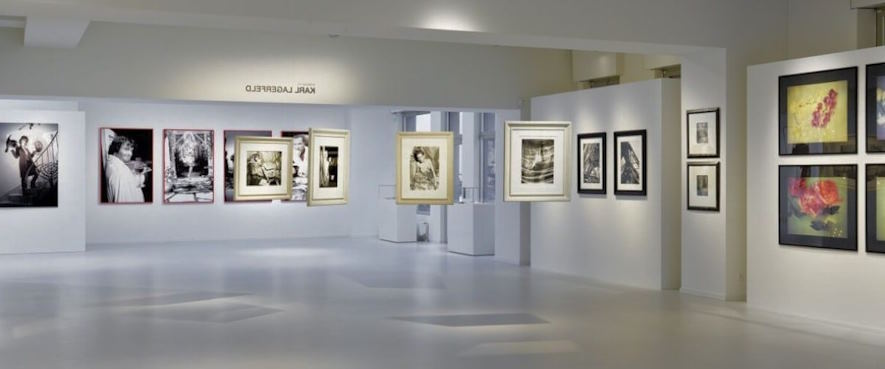
Exhibition Design
Design plays a pivotal role in creating an immersive exhibition experience. Collaborating with exhibition designers, curators determine the layout, lighting, and display methods. Attention is given to the flow, visitor engagement, and the creation of focal points to enhance the visual impact and visitor interaction.
Layout and Flow
The exhibition layout is carefully designed to guide visitors through the space, allowing them to experience the artworks deliberately and engagingly. Consideration is given to arranging artworks, pathways, and viewing angles.
Lighting and Atmosphere
Strategic lighting enhances the visual impact of the artworks and sets the desired atmosphere within the exhibition space. Lighting designers work closely with curators to highlight specific pieces and create an overall ambiance that complements the artworks.
Marketing and Promotion
To attract visitors, effective marketing and promotion strategies are crucial. Organizers employ various channels, including social media, press releases, influencer collaborations, and partnerships with local galleries or institutions. Generating anticipation and driving attendance are key objectives.
Opening Night and Beyond
The opening night serves as the culmination of the exhibition’s efforts. Artists, curators, and visitors come together to celebrate art. Additional events such as artist talks, guided tours, or panel discussions may be organized to deepen engagement. The exhibition typically runs for an extended period, allowing the audience ample time to immerse themselves in the artworks fully.
By understanding the intricate process behind art exhibitions, we can better appreciate the dedication and craftsmanship involved in bringing art to life. From the initial concept to the final display, each step contributes to creating a noteworthy exhibition that leaves a lasting impact on artists and viewers alike.

